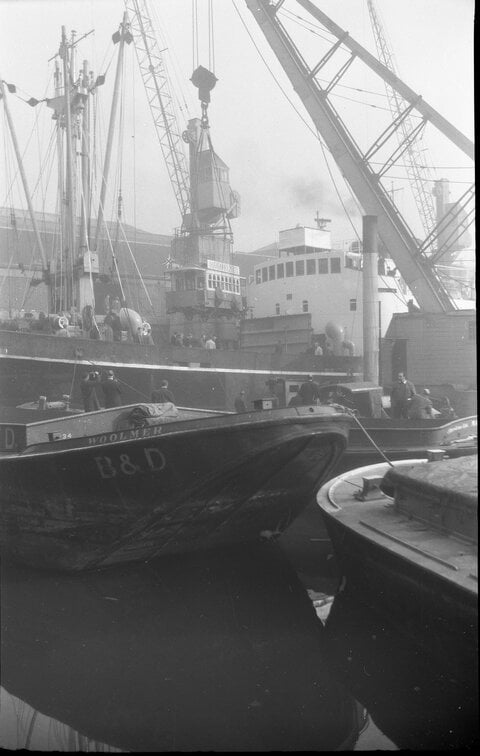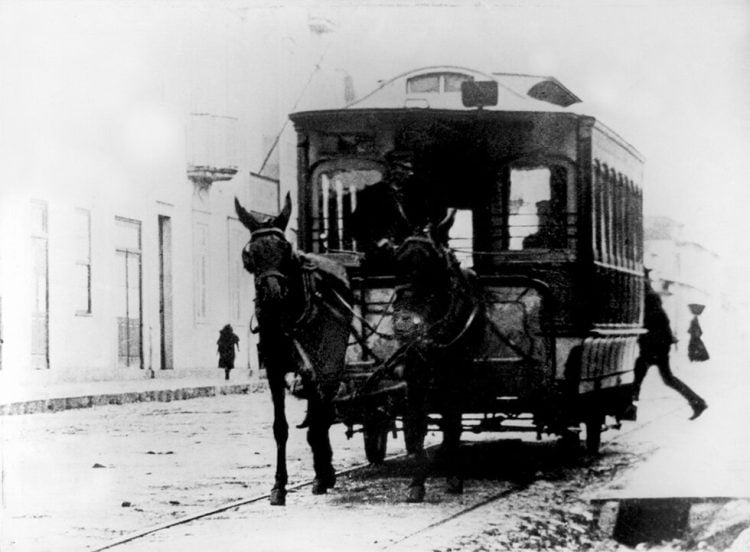This Saturday (16 September), the National Tramway Museum’s oldest tramcar, Oporto 9, will make a rare outing to celebrate its 150th anniversary.
It will put in an appearance during the Museum’s annual Tram Weekend, which takes place at the Tramway Village in Crich, Derbyshire. Weather permitting, Oporto 9 will leave the Exhibition Hall and take part in a photo opportunity on the depot alongside Oporto 273.

The Tram Weekend will also include:
- all available service trams operating on at least one day: Glasgow 22, Sheffield 74, Blackpool 166, Leeds 180, Blackpool 236, Metropolitan 331, Leeds 399, Sheffield 510, Blackpool 630
- an intensive service in operation, with multiple trams departing every ten minutes
- selected Works Cars in operation
- themed photo opportunities at Town End and on the depot fan
- ‘mystery objects’ from the Museum’s collection in the Exhibition Hall
- book sale
- workshop tool sale
- live music on the bandstand
Oporto 9 was built in 1873 by the Starbuck Car and Wagon Company Ltd. of Birkenhead. It was one of ten cars supplied to the Companhia Carril Americano do Porto in Portugal, and was an eighteen-seat single deck tramcar designed to be pulled by two horses, although mules were used during the early years in Portugal.

When electric tramcars were introduced, many of the original vehicles were converted into motor cars. Some, including Oporto 9, remained in use as trailers, and were hauled either by steam-tram engines or electric tramcars
Oporto 9 remained in use as a service tram trailer for a 87 years before being placed in storage in 1960. It was then acquired by the English tramway enthusiast and preservationist John H Price to join the Tramway Museum Society’s collection, and was shipped to England in 1964. It was transported by road to Crich, where it is the oldest vehicle in the collection, dating back to the dawn of the tramcar era.
After trial runs behind Blackpool Corporation No. 49, Oporto 9 operated as a trailer car for the Tramway Museum Society’s steam-powered tram, John Bull. In its early days it provided a regular service in this capacity, especially as the Museum’s electricity supply was not yet reliable. Oporto 9 ceased passenger operation at Crich by the mid 1970s and became a static exhibit in the main exhibition hall.






Responses